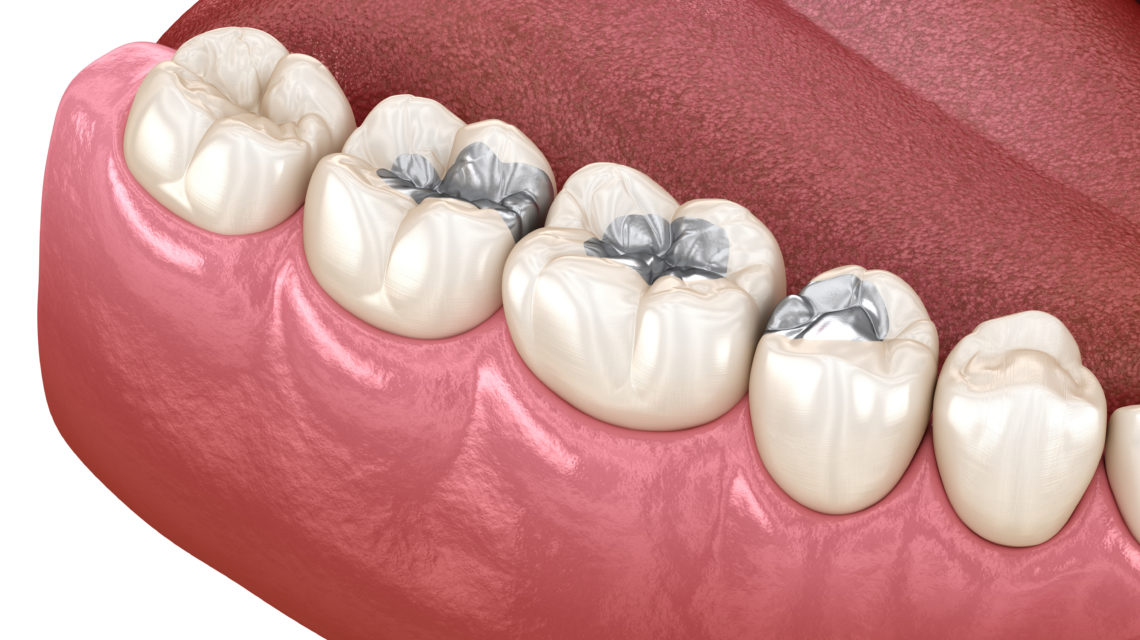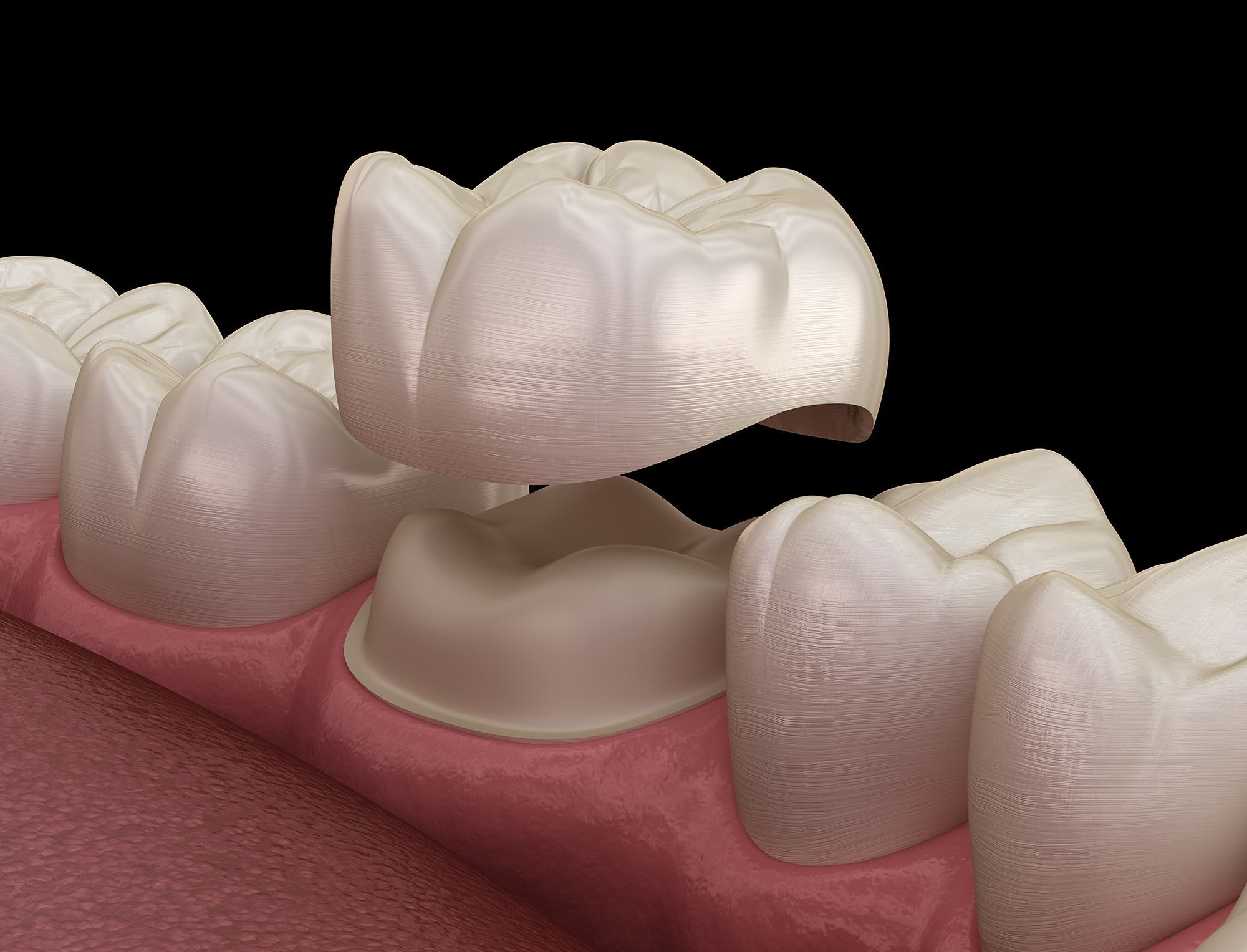Amalgam
Amalgam: Is it safe as a dental restoration ? Dental amalgam is an alloy of mercury, silver, copper, and tin, which may also contain palladium, zinc, and other elements to improve handling characteristics and clinical performance. JPT9 Amalgam types based on copper concentration: Low copper ( 6% ) Silver, tin copper, zinc High copper (










